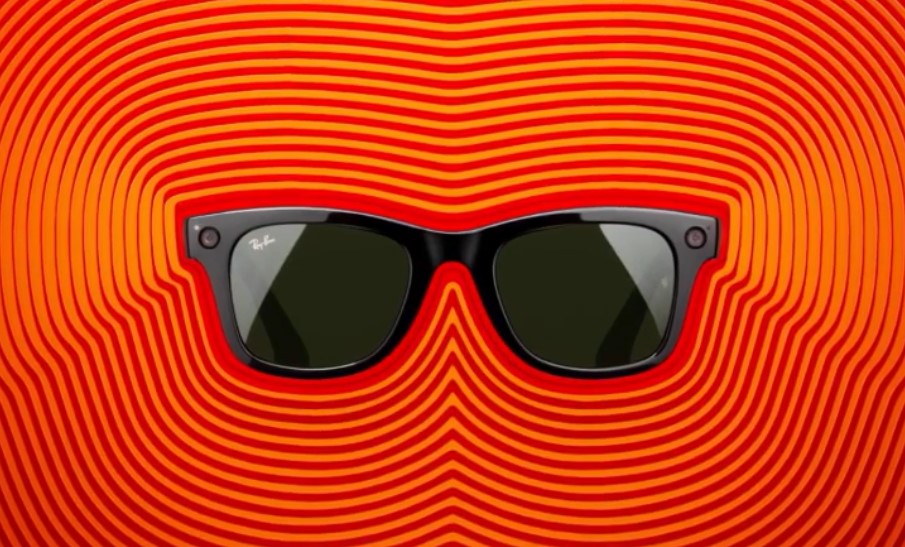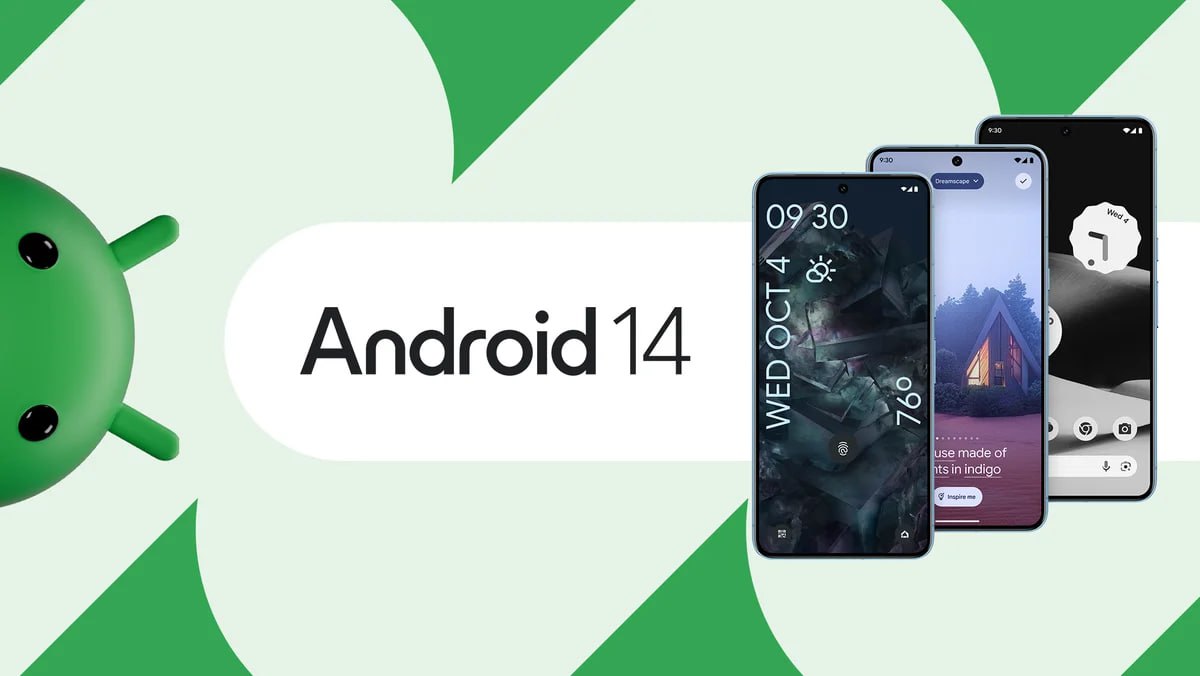Ray-Ban has collaborated with Meta to bring the newest addition to the world of smart eyewear. Ranked as the best model so far by publications such as LifeWire, Good Housekeeping, and Travel + Leisure, Ray-Ban: Stories offer the latest technology and the most innovative features seen in smart sunglasses. A forecast by NASDAQ shows that its launch was a significant boost to the continuously growing smart glass market, which was valued at $5.2 billion in 2022 alone. Meta and Ray-Ban’s collaboration is a big step forward in the smart sunglasses market—and here’s everything that you need to know about it:
Making smart sunglasses
Brands have been toying with the idea of wearable technology since the first few years of the 21st century. Consumers are quite familiar with wearable technologies like Google’s Wear OS smartwatch, which offers certain features of smartphones in a watch. To illustrate, the Google Wear OS 4 offers sleep management features, fitness apps, as well as safety functions.
While smart gadgets have been popular for a long time, it wasn’t until the invention of Google Glass in 2013 that the concept of smart sunglasses was introduced into the public’s consciousness. Though its popularity was short-lived, it set the standard for the models that followed. As demonstrated, smart glasses are essentially eyewear that functions as a portable computer device, allowing users to stay connected digitally and access some of the capabilities of their phones using only their frames.
In 2021, Meta (previously Facebook) utilized this innovation and took another step towards creating the Metaverse by partnering with Ray-Ban and launching Ray-Ban: Stories. These glasses were advertised as a new, immersive way to capture and share life snippets. Considering the lukewarm reception and subsequent failure of Google Glass, the initial public response to Meta’s product announcement was mostly split and controversial. However, since its commercial release, Ray-Ban: Stories have been praised and generally favored within communities of techies and gadget enthusiasts as more of its features have come to light. Despite how far it is from being a household staple, many consider its invention a promising development in the world of wearable technology.
What makes Ray-Ban: Stories stand out
Ray-Ban: Stories promotes itself with three action points: capture, share, and listen. Capturing can be achieved through a dual-integrated 5MP camera with an automatic light adjustment setting that captures photos and videos. The glasses can even store up to 500 pictures with 4 GB storage. Sharing requires having a Facebook account since captured content is mainly imported on the app, but this shouldn’t be a problem considering that 40% of the world’s total population are active users. Listening can be done through the eyewear’s open-ear speakers and built-in microphone, which allows users to easily switch from streaming music to taking calls.
It further differentiates itself from other smart glasses by prioritizing comfort and accommodating prescription or polarized lenses. It also shines due to its sleek form. Most smart sunglasses are clunky and oddly shaped to house wiring and features, but Ray-Ban: Stories successfully blends Meta’s elaborate engineering with the classic look of Ray-Ban shades. Highlighting digital interconnectivity, these smart glasses from Ray-Ban are readily available through online retailers. They are offered in three styles: Round, Meteor, and Wayfarer. A pair costs $299, significantly lower than Google Glass’ original retail price of $999. Overall, their smart features and fashionable appearance make them one of the most innovative ways to tell stories today.
The future of Ray-Ban: Stories
Meta considers the achievements of Ray-Ban: Stories in smart technology as the initial touchpoint for the expansion of the Metaverse. The company plans to create this as a digital and social platform that users can interact with through augmented reality. With these advancements, experts featured on Social Media Today expect the Metaverse to be fully integrated into society by 2031. Ray-Ban: Stories lays the foundation and shows the public how we’ll be using immersive technology to capture and find new ways to connect in the future.


![Download BGMI 3.1.0 APK + OBB [Battlegrounds Mobile India 3.1]](https://www.androidsage.com/wp-content/uploads/2022/07/Battlegrounds-Mobile-India-2.1.0-APK-Download-BGMI-2.1-APK-and-OBB.jpg)


![Download GCAM 8.4 APK For All Samsung Galaxy Devices [Exynos and Snapdragon]](https://www.androidsage.com/wp-content/uploads/2022/04/GCAM-8.4-APK-Download-For-Samsung-Galaxy-Devices-Exynos-and-Snapdragon.jpg)



![[Download] Nothing OS 2.5.5a for Phone (2a) also brings ChatGPT integration, AI Brightness, and Camera Upgrades 4 [Download] Nothing OS 2.5.5a for Phone (2a) also brings ChatGPT integration, AI Brightness, and Camera Upgrades](https://www.androidsage.com/wp-content/uploads/2024/04/Nothing-Phone-2a-with-ChatGPT.jpg)
![Forget ChatGPT, This Is The Best AI Chatbot Assistant For Your Phone and Computer [Gallery] 5 Forget ChatGPT, This Is The Best AI Chatbot Assistant For Your Phone and Computer [Gallery]](https://www.androidsage.com/wp-content/uploads/2024/04/The-Best-AI-Chatbot-Assistant-For-Your-Phone-and-Computer.jpg)
![[Download] Nothing OS 2.5.5 for Phone 1 with ChatGPT Integration, AI Brightness, RAM Booster 6 [Download] Nothing OS 2.5.5 for Phone 1 with ChatGPT Integration, AI Brightness, RAM Booster](https://www.androidsage.com/wp-content/uploads/2024/04/Nothing-Phone-ChatGPT-firmware-Download.jpg)
![The Best Launcher for Android Just Got a Huge Update [APK Download] 7 The Best Launcher for Android Just Got a Huge Update [APK Download]](https://www.androidsage.com/wp-content/uploads/2024/04/Best-Android-Launcher.jpg)
![[Download] Android Auto 11.8 Features Revamped Settings Menu with Material You Design 8 [Download] Android Auto 11.8 Features Revamped Settings Menu with Material You Design](https://www.androidsage.com/wp-content/uploads/2024/04/New-android-auto-11.8-APK-Download-with-material-you-settings-menu.jpg)